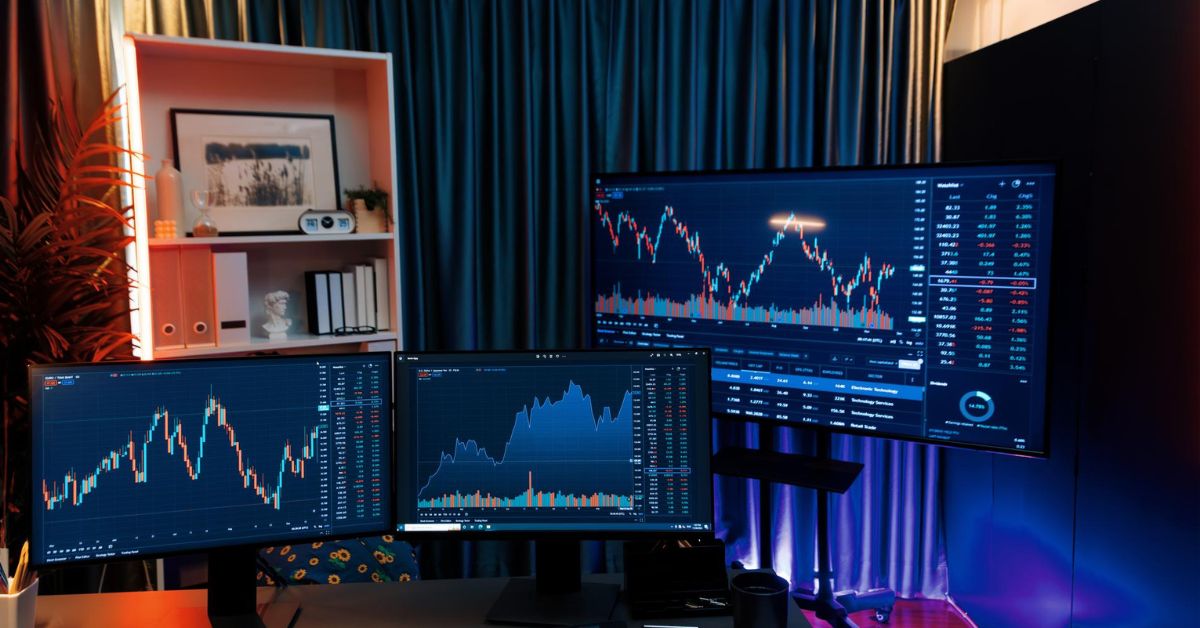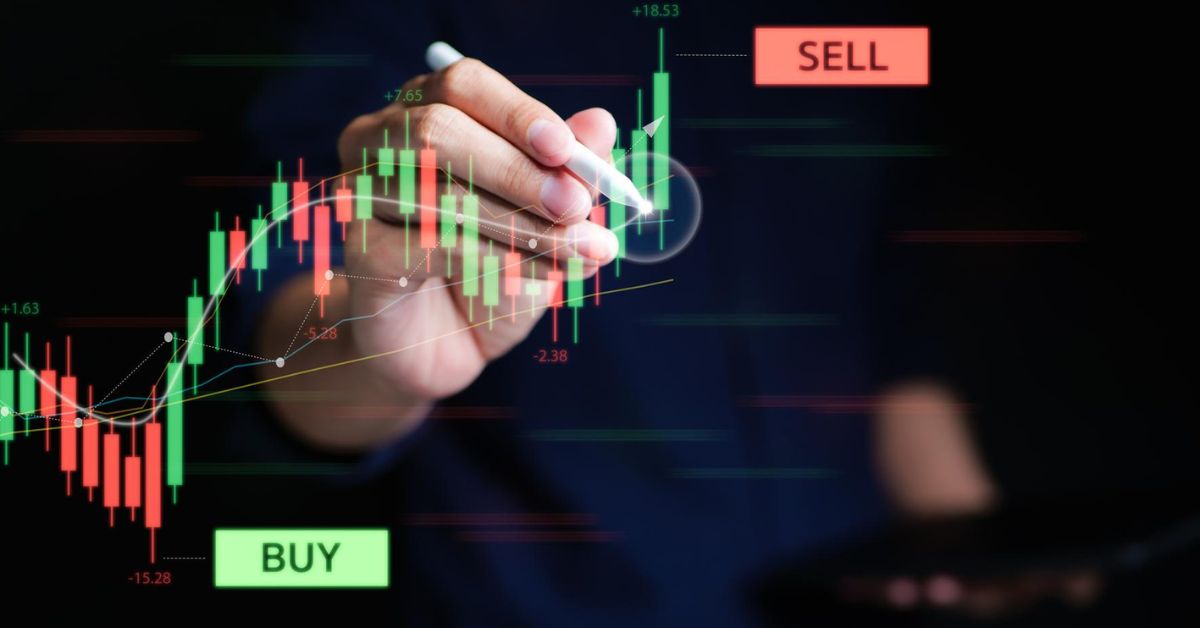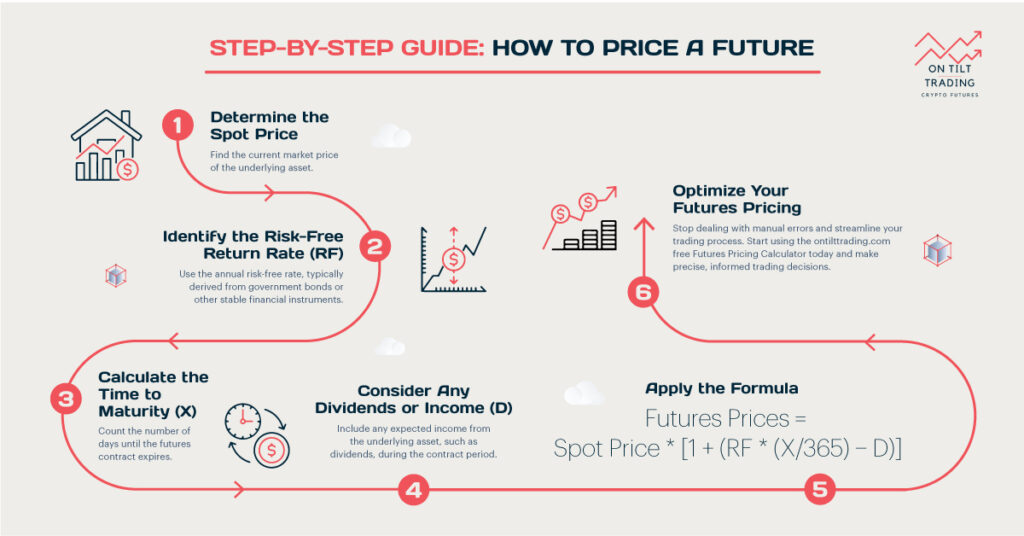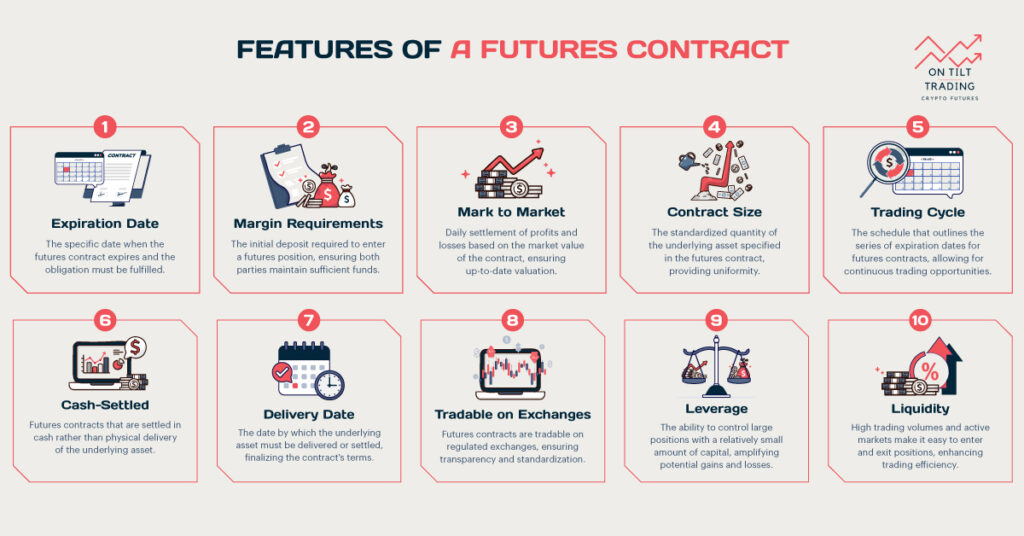Traders are constantly looking for ways to maximize profits and minimize risks in the cryptocurrency world. Perpetual futures and spot trading are two of the most popular trading strategies. Knowing the difference between perpetual futures vs spot can make a huge difference in your trading. In this article, we’ll explore the differences between perpetual futures vs spots, how each works, and how to choose which strategy works best for you. Keep reading.
What are Perpetual Futures?

Perpetual futures are derivative contracts that let traders buy or sell assets at any time. Permanent futures don’t have expiration dates, so they mirror the price of the underlying asset closely. Traders can speculate on price movements without having to worry about contract rollovers because of this feature.
Perpetual futures are based on leverage and funding rates. With leverage, traders can control a large position with a small amount of money, amplifying both profits and losses. This is particularly true in volatile markets, where major price movements can lead to big profits. There’s also a risk of liquidation, where a trader’s position is forced to close due to insufficient margin.
Advantages of Perpetual Futures
Perpetual futures offer several advantages that make them appealing to traders. Such as:
24/7 Trading
Unlike traditional futures contracts, perpetual contracts do not expire, allowing traders to maintain positions indefinitely. The continuous trading opportunity is beneficial for those who wish to capitalize on long-term market trends without worrying about contract rollovers.
Leverage
One of the most significant advantages of perpetual futures is the ability to use leverage. Trading with a relatively small amount of capital enables traders to take advantage of larger positions. Trading with high leverage can result in substantial profits, which attracts experienced traders.
Flexibility
Traders can profit from both rising and falling markets with perpetual futures, enabling them to go long or short. This adaptability is crucial in volatile markets where prices can fluctuate significantly.
Disadvantages of Perpetual Futures
There are several drawbacks to perpetual futures despite the many benefits they offer. Such as:
Risk of Liquidation
The use of leverage in perpetual futures increases the risk of liquidation. When the market moves against a trader’s position, they may have to add more margin or face liquidation when their position is forced to close. It can result in significant losses.
Complexity
Perpetual futures trading requires a thorough understanding of leverage, funding rates, and margin requirements. Because of this complexity, beginners may find it difficult to manage their positions effectively.
Funding Rate Costs
It is essential to maintain price parity with the spot market, but the funding rate mechanism can add costs to traders. Market conditions may require traders to pay funding fees periodically, which can eat into profits over time.
What is Spot Trading?

Trading spots involve buying and selling financial instruments for immediate delivery and settlement, such as cryptocurrencies. Spot trading occurs at the current market price, also called the spot price. The simplicity of this type of trading makes it accessible to all levels of traders. Buying an asset in spot trading means you own it outright and can hold it for as long as you like.
It is easy to understand how spot trading works. Traders place an order to buy or sell an asset at the current market price, and the transaction is immediately executed. Since there’s no leverage involved, traders have to put up the full amount of capital required to buy the asset. The lack of leverage makes spot trading a lower-risk option, but it also limits the return potential.
Advantages of Spot Trading
There are several benefits to spot trading that make it appealing to many traders:
Simplicity
Spot trading is straightforward to understand, making it accessible for beginners. A trader can focus exclusively on market movements as there are no complicated mechanisms, such as leverage or funding rates, to manage.
Immediate Settlement
A spot trade settles immediately, which means traders own the assets outright. In this way, traders have complete control over their assets, allowing them to hold, transfer, or sell them at any time.
Lower Risk
Compared with perpetual futures, spot trading carries a lower risk without leverage. Traders are not at risk of liquidation, and their losses are limited to their capital investments.
Disadvantages of Spot Trading
There are also some disadvantages to spot trading despite its advantages:
Limited Profit Potential
Spot trading does not involve leverage, so the profit potential is limited to the capital invested. It can be a disadvantage for traders looking to maximize returns on smaller investments.
Capital Requirements
Spot trading requires traders to have the total capital needed to purchase the asset. If you have limited funds, you can’t take advantage of leverage to control large positions.
Slower Gains
Trading spots are usually used for long-term investment strategies, so gains may take time to show. If traders are looking to make quick profits, they may find leveraged trading options more appealing.
Key Differences Between Perpetual Futures vs Spot Trading

The key difference between perpetual futures and spot trading is that it helps traders choose the right strategy based on their goals and risk tolerance. Below are the primary distinctions between the two types of trading.
Leverage
One of the most significant differences between perpetual futures and spot trading is the availability of leverage. Perpetual futures trading allows traders to control larger positions with a smaller amount of capital, amplifying their gains and losses.
You can get higher returns on a smaller investment with leverage. On the other hand, spot trading doesn’t involve leverage, so traders have to have all the money they need. The result is lower risk, but there’s also less chance of significant returns.
Risk and Reward
Spot trading and perpetual futures have different risk and reward profiles due to leverage and other factors. Perpetual futures trading can result in both substantial gains and substantial losses due to the use of leverage. Market movements against traders’ positions can lead to liquidation, which can result in significant losses.
In contrast, spot trading does not involve leverage, so potential losses are capped by the capital invested. In this way, spot trading has a lower risk, but the potential for high returns is limited to the asset’s natural appreciation.
Trading Strategies
Perpetual futures and spot trading require different trading strategies. The availability of leverage and the ability to profit from short-term price movements make perpetual futures popular with day traders. Perpetual contracts allow traders to enter and exit positions frequently without worrying about expiration dates.
In contrast, spot trading is better for long-term investors who buy and hold assets with the expectation of price appreciation over time. If you’re building a portfolio gradually, spot trading is perfect because it’s simple and lower risk.
Market Behavior
Market conditions affect perpetual futures and spot trading differently. Leverage and funding rates can lead to more significant price volatility in perpetual futures. Traders should be aware of funding rate fluctuations and the potential for sharp price swings.
In spot trading, market behavior is usually more stable since assets are bought and sold at current market prices. In the absence of leverage, prices move more predictably.
Trading Costs
Costs associated with perpetual futures and spot trading can also influence a trader’s decision. Perpetual futures traders must consider funding rates, which are periodic payments between long and short positions.
Over time, these costs can add up and hurt profitability. In spot trading, the primary costs are transaction fees charged by exchanges. Due to the lower fees, spot trading is more cost-effective for long-term investments than perpetual futures.
When to Use Perpetual Futures vs Spot Trading
Choosing perpetual futures or spot trading depends on your trading goals, risk tolerance, and market conditions. Perpetual futures are ideal for taking advantage of short-term price movements and higher volatility. Traders can leverage their positions, amplifying gains and losses.
Perpetual futures are suitable for day trading, scalping, and speculative strategies where market fluctuations are fast. In addition, they can help you hedge existing spot positions without having to liquidate them.
On the other hand, spot trading is better suited for long-term investment strategies. It involves buying and holding assets outright, which is more straightforward and carries lower risk as no leverage is used.
It’s perfect for people with a low-risk tolerance who want to build a portfolio gradually. Spot trading is also more cost-effective for long-term holdings since it doesn’t have periodic funding rates.
Invest in perpetual futures for short-term, high-risk strategies and in spot trading for long-term, lower-risk investments. You should choose based on your financial goals, market outlook, and risk tolerance.
Conclusion
Ultimately, the importance of understanding the differences between perpetual futures vs spot trading cannot be overstated. While perpetual futures provide leveraged gains and short-term strategies, spot trading is a more stable, lower-risk way to invest long-term. Make sure your choice reflects your financial goals, risk tolerance, and trading style.



